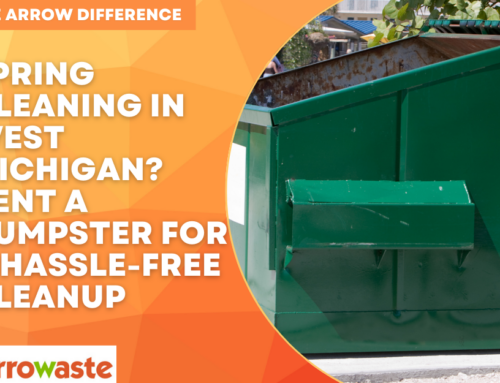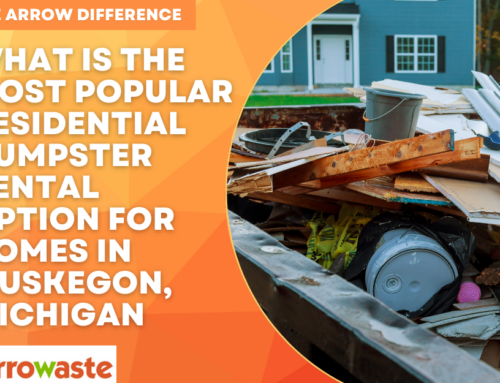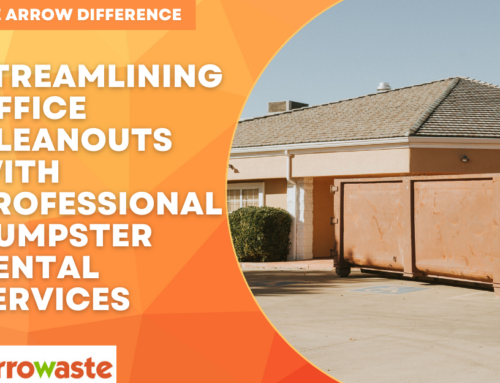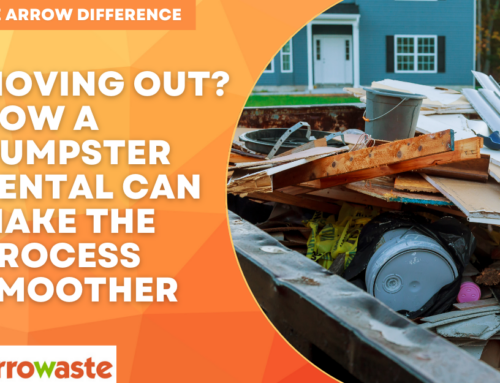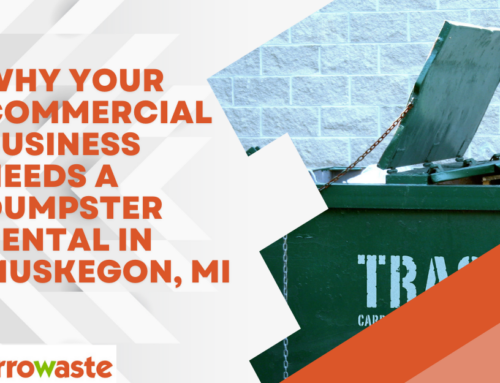Believe it or not, many people are not disposing of their trash correctly. This is for a number of reasons. Some people, unfortunately, do not care — though many are starting to care a lot more, as our environmental crisis is becoming increasingly apparent. Though there is a common idea of trash being impossible to deal with, different from recyclable products, the waste hierarchy doesn’t just refer to recycling. There are also the other two “R’s” — reducing and reusing. Reducing, reusing, and recycling are classified according to their desirability in terms of minimizing waste. You can’t do any of those things correctly if you don’t work with your trash pickup service the way that you should. Many people want to handle their waste management correctly, but don’t know how to do so because they previously lived in an area where it operated differently.
One of the biggest mistakes you can make is placing objects out for pickup when you shouldn’t. In some cases, you could be fined for doing so — and your neighbors won’t appreciate seeing trash that hasn’t been removed sitting on the curb. With that being said, we’re going to look at some of the objects you shouldn’t put on the curb for trash removal services or recycling. The more you know, the easier the job will be for those in charge of your waste management — and you in turn.
1. Easily Tangled Products
If you’re trying to recycle your trash, it may be tempting to put hoses or electrical cords in your recycling bin. These types of products may seem to be ideal for recycling, especially as they’re made of materials like metal and rubber that can be recycled. However, those who handle recycling often have to toss these products like normal trash, as they’re easily tangled. They will snag the equipment used to pick up and recycle them, and they have to be cut out or de-tangled. Fortunately, stores like Best Buy offer special recycling programs for these types of products. By taking them there, you can ensure that they’re properly recycled, and you won’t cause any difficulties for the waste management services.
It should go without saying that hazardous materials should not be thrown out with the typical trash, or placed alongside ordinary recyclable products. However, many are either unaware of this issue, or choose to ignore it. This can put the employees of your trash and recycling pickup services in danger, and disregards their safety. These products can also contaminate recyclables and trash that is normally broken down, and harm the local wildlife and water supply as well. Hazardous materials include products that are corrosive, toxic, or ignitable. The packaging for these products, if it is completely empty, can be thrown out with the usual trash. If there is any of the product itself left, you should look into whether or not your area has a hazardous waste recycling service or center, and look into how you can have it handled correctly.
3. Diapers
Now — diapers can be thrown out with your usual garbage. What you can’t do is place them in the recycling curbside. Though diapers may seem to be candidates for recycling as they’re made of paper products, they’re actually woven. This makes them less than ideal for recycling. Furthermore, as they’re covered in human waste, they’ll contaminate other recyclable products. They can’t be cleaned as easily as you would think! Therefore, you should look into where you can recycle diapers specifically, or put them out with the typical garbage. Do not try to recycle them curbside
4. Window Panes and Drinking Glasses
You might think that all glass products are perfect to be placed curbside. In fact, a few types of glass should be placed in the garbage, rather than with curbside recycling. As these types of glass are more durable and therefore more difficult to melt than other types of glass, most recycling locations do not have machines set up to deal with them.

